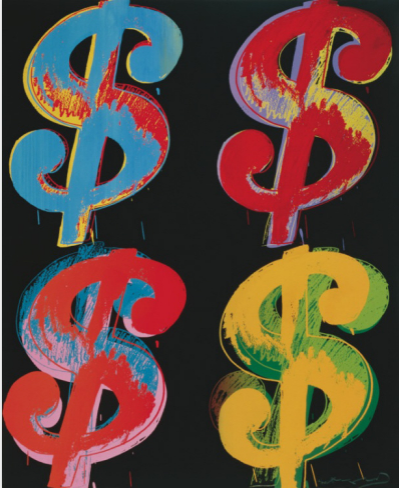You know how museums and art institutions never seem to have enough money? Funny story about that: thanks to Bloomberg Businessweek, we know where some of their money’s going.
Some ridiculous fine art incomes as of 2011:
- Jeffrey Deitch, director of the Museum of Contemporary Art, Los Angeles, took home $916,000.
- Thomas Campbell, director of the Metropolitan Museum of Art, earned $1.1 million. The museum also provides him with free and tax-free housing in a $4 million co-op.
- James Cuno, president and chief executive of the J. Paul Getty Trust, also made $1.1 million.
- Michael Govan, chief executive of LACMA, made $1.3 million. The museum also provided housing valued at $108,000.
- Emily Rafferty, president of the Metropolitan Museum of art, got $1.6 million: $656,000 base pay plus pension after 35 years with the Met.
- Glenn Lowry, MoMA director, made a whopping $1.8 million. Like Campbell, he also gets free and tax-free housing in a $6 million condo above the museum.
Other arts professionals (performance and music) with ridiculous incomes:
- The senior stagehand at Carnegie Hall had an annual pay of $465,000. Why?
- Clive Gillinson, Carnegie Hall executive and artistic director, made $1.1 million.
- Peter Gelb, general manager of the Met Opera, made $1.4 million.
- Michael Kaiser, president of the John F. Kennedy Center for the Performing Arts, also made $1.4 million.
- Yannick Nezet-Seguin, music director of the Philadelphians, made $1.5 million.
- David Gockley, San Francisco opera manager, made $1.5 million for staging well fewer productions than the met, plus a $1 million bonus when he left the Houston Grand Opera in 2005.
- Reynold Levy, president of Lincoln Center for the Performing Arts, made $7000 each weekday, which comes out to about $1.8 million/
- Here’s the real kicker: Michael Tilson Thomas, music director at the San Francisco Symphony, makes $2.4 million. That’s more than two Thomas Campbells!
I can’t help but feel a little uncomfortable when I see the price tags on these big name executives. It looks like a lot of profit for not-for-profits.



{ 1 comment }
Those stage hands are working crazy hours – often over 60 hours a week, safely rigging lighting and draping so that musicians aren’t crushed to death on stage. I’m certain professional musicians prefer to be taken care of by other seasoned artisans. That’s why.
Comments on this entry are closed.